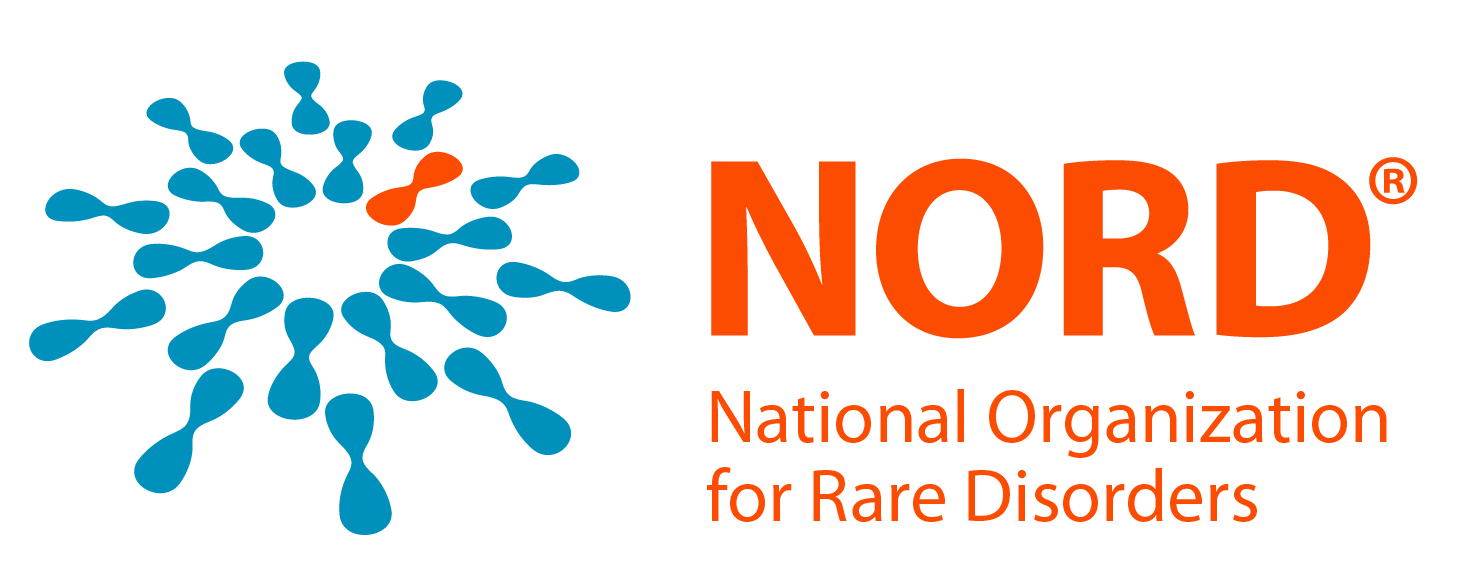The animated videos in NORD’s Rare Disease Video Library provide brief introductions to rare disease topics for patients, caregivers, students, professionals and the public. NORD collaborates with medical experts, patient organizations, videographers and Osmosis to develop the videos, which are made possible by individual donations, educational grants and corporate sponsorships. NORD is solely responsible for the content.
Summary
Zellweger spectrum disorders (ZSD) are a group of rare, genetic, multisystem disorders that were once thought to be separate entities. These disorders are now classified as different expressions (variants) of one disease process due to their shared biochemical basis. Collectively, they form a spectrum or continuum of disease. The most severe form of these disorders was previously referred to as Zellweger syndrome, the intermediate form was referred to as neonatal adrenoleukodystrophy, and the milder forms were referred to as infantile Refsum disease or Heimler syndrome, depending on the clinical presentation. ZSD can affect most organs of the body. Neurological deficits, loss of muscle tone (hypotonia), hearing loss, vision problems, liver dysfunction, and kidney abnormalities are common findings. ZSD often result in severe, life-threatening complications early during infancy. Some individuals with milder forms have lived into adulthood. ZSD are inherited in an autosomal recessive pattern.
Introduction
ZSD are also known as peroxisome biogenesis disorders (PBDs) – a group of disorders characterized by the failure of the body to produce peroxisomes that function properly. Peroxisomes are very small, membrane-bound structures within the gel-like fluid (cytoplasm) of cells that play a vital role in numerous biochemical processes in the body. PBDs are subdivided into ZSD and rhizomelic chondrodysplasia punctata.
Zellweger syndrome was described in the medical literature in 1964 by Dr. Hans Zellweger. Neonatal adrenoleukodystrophy, infantile Refsum disease and Heimler syndrome were described later. As the molecular and biochemical understanding of these disorders improved, it became apparent that they represented variants of one disorder and some researchers started using the term “Zellweger spectrum disorder” to describe these disorders.

Your donation will help more than 30 million Americans with a rare disease navigate their diagnosis, receive financial assistance, and access the care and support they deserve. Make your tax-deductible gift today!
